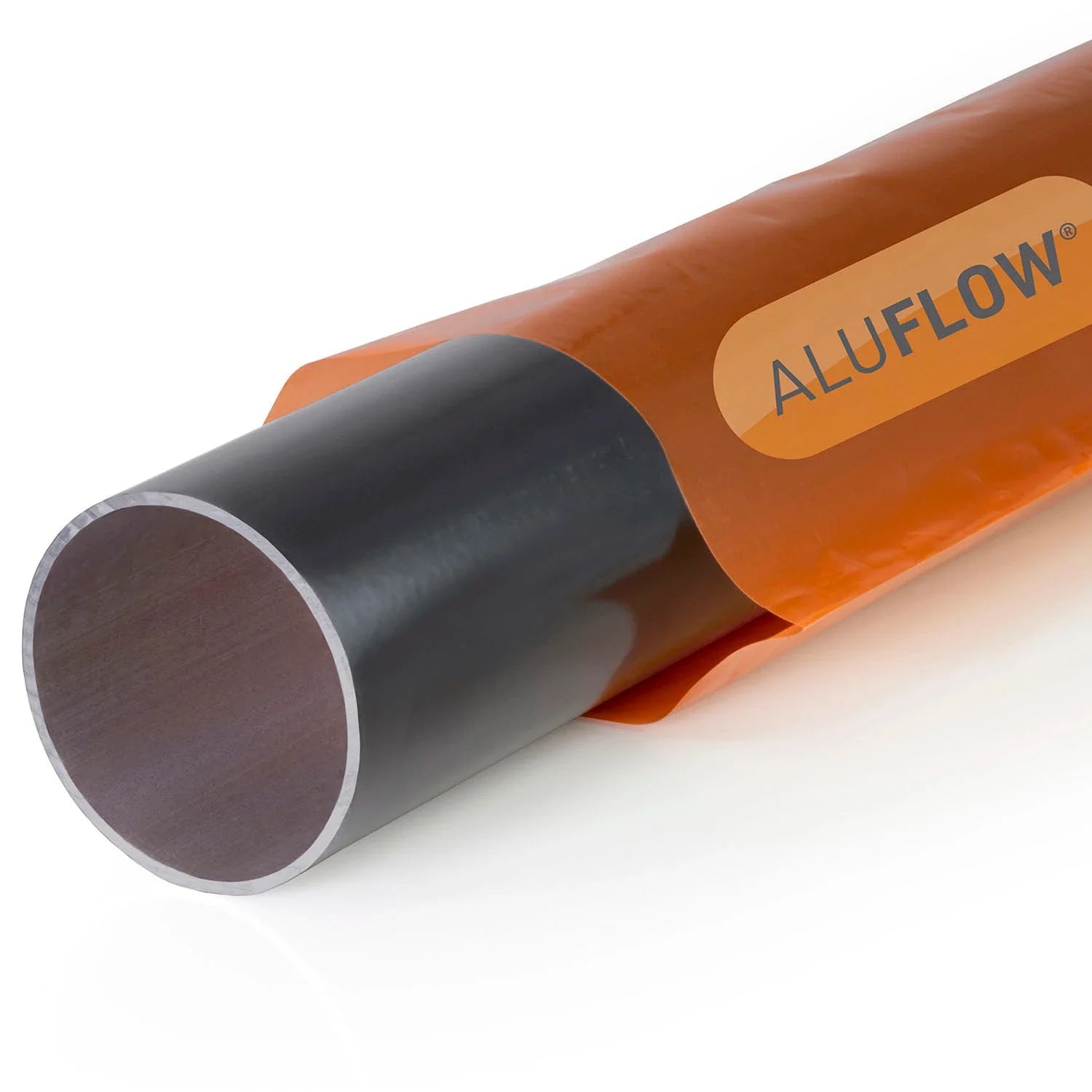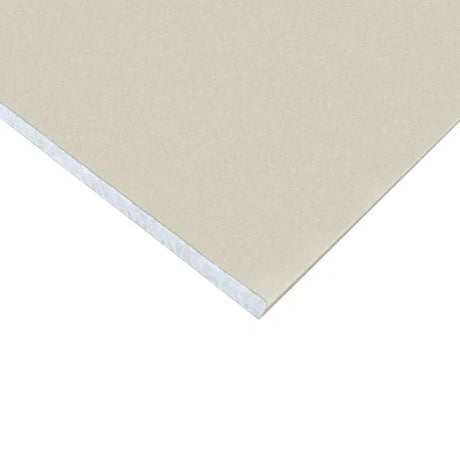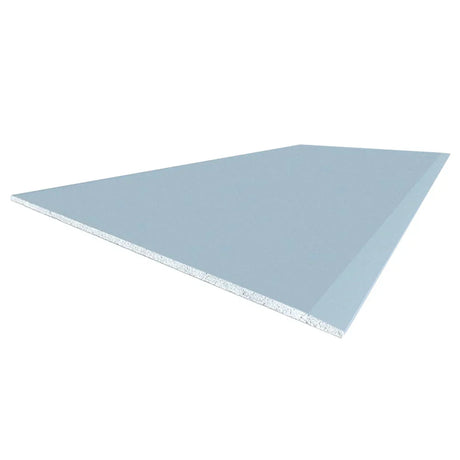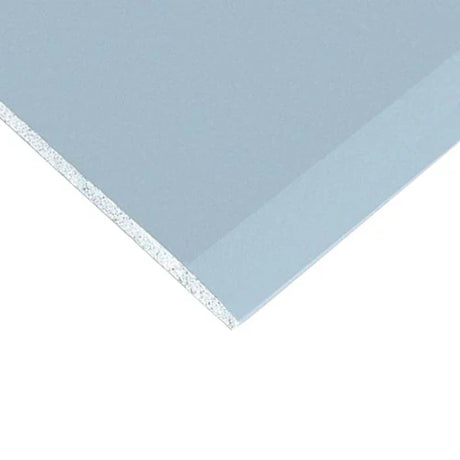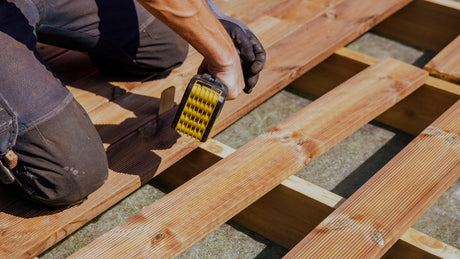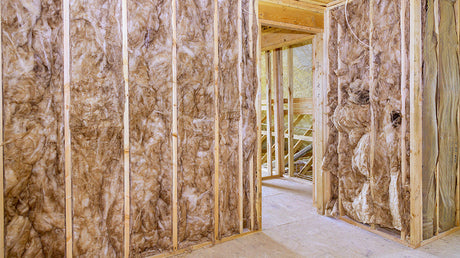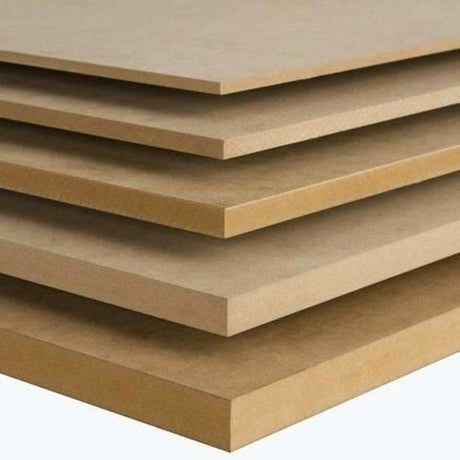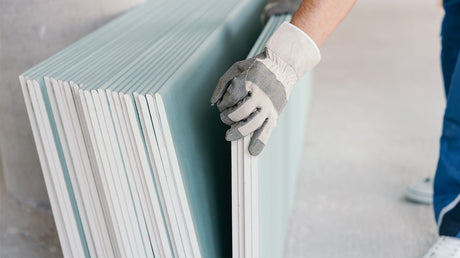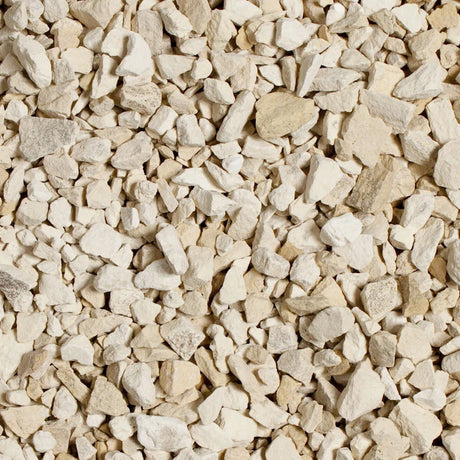An effective rainwater management system is essential for protecting your property from water damage while maintaining its aesthetic appeal. The UK's plentiful rainfall makes proper guttering particularly important, with a well-designed system channeling water safely away from foundations, walls, and landscaping.
Understanding Guttering Material Options
uPVC Guttering Systems: Polyvinyl chloride (uPVC) guttering remains the most widely used option for UK domestic properties, combining affordability with good durability and minimal maintenance requirements. Contemporary systems from manufacturers like Floplast and Brett Martin offer expected lifespans of 20+ years with proper installation and maintenance.
Modern uPVC formulations provide excellent UV stability, preventing the brittleness and discoloration common in older installations. Deep-flow profiles increase water handling capacity, an important consideration given the increasing frequency of intense rainfall events associated with climate change.
Available in various profiles including half-round, square, and ogee, uPVC systems come in classic white, black, brown, and anthracite grey to complement different architectural styles. The material's light weight simplifies installation, while push-fit connections make the system accessible for competent DIY enthusiasts.
Cast Iron Traditional Systems: For period properties and premium architectural applications, cast iron guttering provides authentic appearance and exceptional longevity. Modern systems from British manufacturers like Hargreaves Foundry or Alumasc combine traditional aesthetics with contemporary casting techniques ensuring consistent quality.
With potential lifespans exceeding 50 years, properly maintained cast iron represents excellent long-term value despite higher initial costs. The material's strength handles heavy snow loads effectively, making it particularly suitable for exposed locations or areas experiencing regular heavy snowfall.
Installation requires greater skill than lighter alternatives, with socketed joints sealed using traditional methods or modern specialist sealants. The system's weight demands robust fixing to sound fascia boards or directly to masonry, ensuring long-term stability under all weather conditions.
Aluminum Contemporary Solutions: Aluminum guttering systems offer an excellent middle ground between uPVC and cast iron, combining light weight with durability significantly exceeding plastic alternatives. Contemporary systems from manufacturers like Marley Alutec provide expected lifespans of 30-40 years with minimal maintenance requirements.
Modern powder-coated finishes in various RAL colors allow precise matching to architectural details, while marine-grade alloys provide excellent corrosion resistance even in challenging coastal environments. The material's strength allows larger span distances between brackets, creating cleaner roofline aesthetics.
Factory-applied finishes eliminate the maintenance painting required for cast iron, making aluminum particularly suitable for difficult-to-access elevations. While installation techniques resemble those for uPVC systems, greater care with thermal expansion provision prevents long-term performance issues.
Sizing and System Design Considerations
Correct sizing ensures guttering can handle maximum anticipated water flow without overflowing. For standard domestic properties with roof areas up to 70m², 112mm (4.5") half-round or equivalent square section guttering typically provides adequate capacity, while larger properties or those in high-rainfall areas may require 125mm (5") systems or high-capacity profiles.
Downpipe positioning and quantity significantly impact system performance. As a general guide, one 68mm downpipe should serve no more than 12 linear meters of guttering, with additional downpipes required for longer runs or complex roof geometries.
For particularly challenging applications, specialised high-capacity systems like Floplast's Flo-XL range offer significantly increased water handling without compromising aesthetic appeal. These systems prove particularly valuable for large roof areas or buildings with steep pitches that accelerate water flow.
Professional Installation Best Practices
Correct Fall Calculation: Establishing proper gutter fall ensures effective water flow without excessive slope that could compromise appearance. Current best practice recommends a fall of approximately 1:600 (around 3mm per 2-meter length), providing sufficient movement while remaining visually level from ground level.
For longer runs, considering breaking the system with downpipes at regular intervals rather than creating excessive falls that become visually apparent. Where complex roof geometries create challenges, our technical team can provide detailed layout advice ensuring effective water management without compromising aesthetics.
Secure Fixing Methodology: Reliable long-term performance depends on robust fixing systems appropriate to both the guttering material and the supporting structure. For uPVC systems on sound timber fascias, fixings at maximum 1-meter intervals provide adequate support, with additional brackets near corners and downpipe positions.
Cast iron systems require substantial support, typically with brackets secured directly to masonry using expansion bolts or resin anchors. Where fixing to timber is unavoidable, substantial galvanised or stainless steel brackets distribute loads effectively while providing corrosion resistance matching the guttering's expected lifespan.
Joint Treatment and Sealing: Modern uPVC systems utilise rubber gaskets that accommodate thermal movement while preventing leakage. Correct application of lubricant during installation ensures components can be fully engaged without gasket damage, maintaining long-term water tightness.
For cast iron systems, traditional jointing compounds or modern specialist sealants create durable connections when correctly applied to clean, prepared surfaces. Ensuring adequate expansion provision prevents stress cracking during temperature extremes, while properly tightened bolts maintain joint integrity without overtightening that could damage components.
Maintenance Requirements for Maximum Lifespan
Regular maintenance significantly extends guttering system lifespan regardless of material choice. Bi-annual cleaning, ideally in late autumn after leaf fall and spring after pollen season, prevents blockages that could cause overflowing and joint damage.
For uPVC systems, occasional washing with mild detergent solutions removes atmospheric soiling and algae growth that could degrade the material over time. This simple maintenance helps maintain both appearance and functionality while extending service life. Cast iron systems benefit from periodic inspection of paint coatings, with localised treatment of any corrosion before it compromises the material's structural integrity.
Professional inspection every 5-7 years allows systematic assessment of fixings, joints, and alignment, with minor adjustments preventing the development of more serious issues. This proactive approach maximises system lifespan while ensuring effective water management throughout the property's life.

